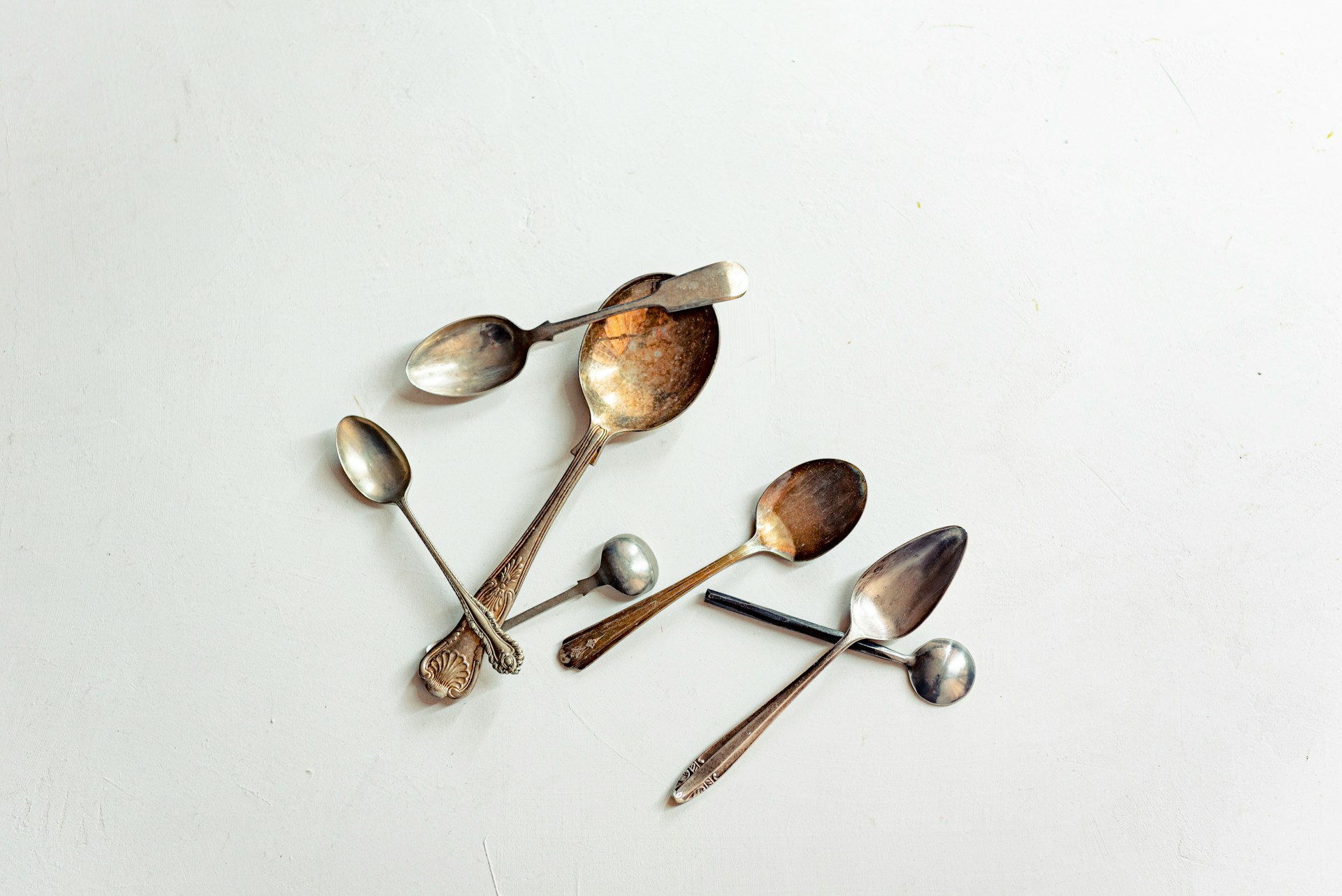Table of Contents
- 1
- 1.1 The Overlooked Wealth in Everyday Items
- 1.2 Why Family Heirlooms Carry Unique Value
- 1.3 The Market’s Growing Curiosity for Silver
- 1.4 Determining What You Really Have
- 1.5 The Role of Professional Insight
- 1.6 Stories Hidden in Metal
- 1.7 When and Why to Revisit Your Heirlooms
- 1.8 Preserving Silver for the Future
- 1.9 Conclusion
Objects passed down through families often carry more than just sentimental worth. They represent history, tradition, and memories tied to the people who once owned them. Yet, beyond the emotional connection, these objects can sometimes hold an unexpected and tangible value. Among the most common yet overlooked examples are silver spoons, coins, and small household items that quietly sit in drawers and cabinets. What looks like everyday cutlery or an outdated coin can, in fact, be a piece of hidden treasure.
This article explores why these heirlooms matter, how their value is determined, and why understanding their worth can be a surprisingly important step for families and collectors alike.
The Overlooked Wealth in Everyday Items
Silver has always been considered a precious material, but its worth often hides in plain sight. Antique spoons, forks, or coins might look ordinary to the untrained eye, but many of these pieces are handcrafted or minted in times when silver content was much higher than it is today.
What makes these items particularly interesting is their dual nature. On one hand, they may carry artistic and historical importance. On the other, they have a straightforward financial value linked directly to the purity and weight of the metal. This combination makes them appealing not only to collectors but also to those seeking to preserve or grow wealth in alternative ways.
Why Family Heirlooms Carry Unique Value
Not all heirlooms are created equal. Some are mass-produced items that have little more than sentimental meaning. Others are rare objects crafted in limited numbers or tied to particular historical events. Coins from a specific minting year, or spoons made by a renowned silversmith, can fetch much more than expected.
The uniqueness of these items lies in their scarcity and craftsmanship. A simple teaspoon might have been part of a set that only a few families could afford when it was made. A coin may have been circulated during a period of economic change, making it a small but significant artifact. These nuances, combined with the rising interest in antique collectibles, often lead to surprising revelations when their value is finally examined.
The Market’s Growing Curiosity for Silver
Today, there is a renewed curiosity about precious metals. While gold often steals the spotlight, silver is gaining ground as a sought-after collectible and investment. Unlike large bullion bars, heirloom silver items offer something more personal: a story.
Collectors and investors alike are attracted not only by the metal content but also by the narrative behind each object. An engraved spoon from a century ago, or a coin that passed through generations, becomes more than just silver — it becomes a conversation piece. This emotional and historical layer often enhances demand, pushing certain items to values well beyond their melt price.
Determining What You Really Have
Recognizing the potential worth of heirloom silver begins with knowing what you own. Many households contain items that look similar on the surface but differ greatly in value. For instance, sterling silver and silver-plated objects may appear alike, but their financial worth is worlds apart.
Key indicators such as hallmarks, maker’s marks, and minting dates can provide important clues. A small stamp on the underside of a spoon may reveal whether it is solid sterling silver or simply plated. Likewise, the year and country of origin on a coin can dramatically influence its market desirability.
This is where expertise becomes crucial. Online guides can provide general information, but the details are often too complex for a casual glance. That’s why many collectors and families eventually turn to professionals for guidance.
The Role of Professional Insight
One of the clearest ways to separate ordinary objects from truly valuable ones is through expert evaluation. Professionals who specialize in silver and collectibles can assess hallmarks, test purity, and compare items against market trends.
For example, when someone wonders, How much is my silver collection worth?, the most reliable answer comes from a detailed appraisal. An appraisal not only calculates the metal value but also takes into account historical context, rarity, and condition. Without this step, families risk undervaluing items that could be worth far more than expected.
Appraisals also offer clarity for those planning to sell, insure, or simply understand what they have inherited. By providing a documented estimate, they help families make informed decisions while avoiding the pitfalls of guesswork.
Stories Hidden in Metal
Every heirloom carries a story. A set of spoons may have been gifted at a wedding generations ago, while coins may have passed through hands during significant historical moments. These stories, whether documented or imagined, enrich the value of the object far beyond its silver content.
Collectors often find themselves drawn to these narratives. A well-preserved coin from a war era, or a spoon with a unique family crest, adds intrigue to a collection. It’s not just about owning silver — it’s about holding a tangible piece of history. The stories attached to such items often make them more desirable on the open market.
When and Why to Revisit Your Heirlooms
Many people underestimate their collections because they have grown used to seeing them every day. Over time, these objects become part of the background, overlooked until someone takes the time to ask questions about them.
Revisiting these items with fresh eyes can be both practical and rewarding. For those interested in preserving family history, it ensures that the stories and objects are not lost to time. For those considering financial gain, it can unlock unexpected resources.
Markets change, too. What might have been modestly valued a decade ago could now command higher interest. This is why periodic reviews of your heirloom items are worth the effort.
Preserving Silver for the Future
Beyond financial worth, proper care ensures that silver retains its condition for years to come. Tarnish is one of the most common issues with older pieces, but it is often preventable with basic storage practices.
Keeping silver in dry, lined cases and polishing it occasionally with appropriate materials helps maintain its shine. More importantly, avoiding harsh cleaning methods protects the fine details that often distinguish valuable antiques from ordinary items. Preserving silver well not only safeguards its monetary value but also ensures that future generations can enjoy it as both a keepsake and a potential asset.
Conclusion
Family heirlooms, especially spoons and coins made of silver, hold more than just sentimental significance. They represent a blend of history, craftsmanship, and hidden value that many households underestimate. Recognizing their potential requires both awareness and careful evaluation.
Taking the time to examine these objects allows families to connect with their heritage while also uncovering practical opportunities. Whether cherished as keepsakes or explored as investments, heirloom silver items deserve a closer look. The secret value they carry is a reminder that sometimes the most ordinary objects can reveal extraordinary worth.



